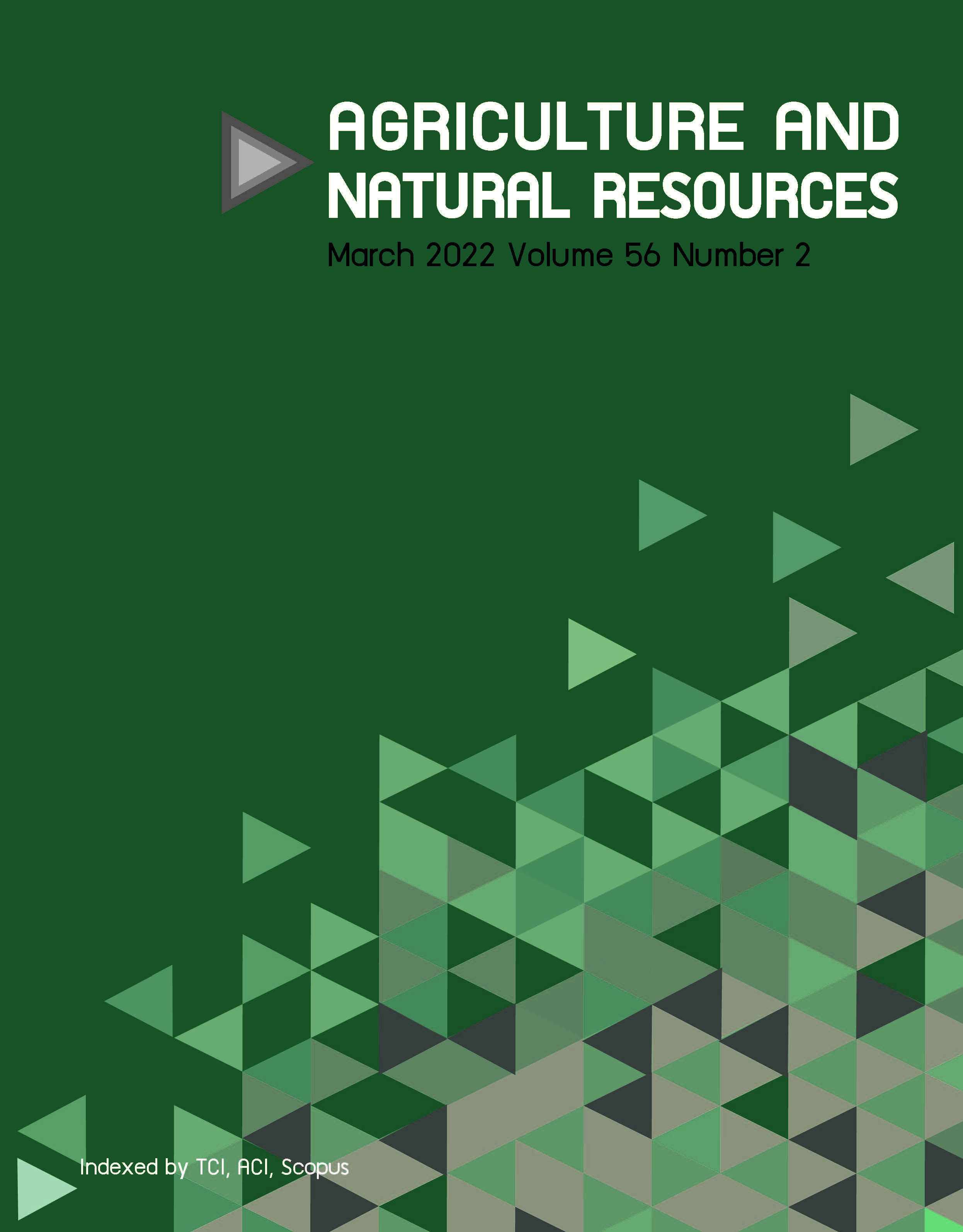Comparative study on conventional, accelerated solvent extraction and ultrasonic-assisted extraction of total phenolic and anthocyanin contents and antioxidant activities from Riceberry bran
Keywords:
Accelerate solvent extraction, Anthocyanins, Phenolic acids, Riceberry branAbstract
Importance of the work: The majority of phenolic compounds in cereals is bound to cell wall components, making extraction challenging.
Objectives: This study compared three extraction methods: accelerated solvent extraction (ASE), conventional solvent extraction (CSE) and ultrasonic-assisted extraction (UAE).
Materials & Methods: The total phenolic and anthocyanin contents of the Riceberry bran (RBB) extracts were evaluated using the Folin-Ciocalteu and pH differential methods. Antioxidant activities were determined using ferric reducing antioxidant power (FRAP), 2,2-diphenyl-1-1picrylhydrazyl (DPPH) and 2,2-azino-bis-3-ethylbenzothiazoline-6-sulfonic acid (ABTS) assays. The phenolic acids and anthocyanins contents of the extract were detected using high performance liquid chromatography (HPLC).
Results: The optimal conditions for each method were: CSE, UAE (80°C for 15 min) and ASE (80°C for 5 min). Comparing the optimal condition among the three methods, ASE had mean values for the total phenolic content (TPC) and total anthocyanin content (TAC) of 19.70 ± 0.68 mg gallic acid equivalents/g RBB and 88.54 ± 0.57 mg/100g RBB, respectively. The FRAP value, %scavenging activity of DPPH and ABTS of the ASE extract were 85.06 ± 0.28 μmol/g RBB, 57.94 ± 0.31 and 26.39 ± 0.27, respectively. Significant differences (p < 0.05) in the amounts of phenolic acids and anthocyanins in the extract depended on the extraction method. The ASE and UAE extracts had the highest amount of vanillic acid, cyanidin 3-glucoside and total bioactive compounds that were significantly different from the CSE method.
Main Finding: The ASE method could be more appropriate for the extraction of total phenolic and anthocyanin contents as it had the highest levels of TPC and TAC efficiency.
Downloads
Published
How to Cite
Issue
Section
License
Copyright (c) 2022 Kasetsart Universityonline 2452-316X print 2468-1458/Copyright © 2022. This is an open access article under the CC BY-NC-ND license (http://creativecommons.org/licenses/by-nc-nd/4.0/),
production and hosting by Kasetsart University of Research and Development Institute on behalf of Kasetsart University.







